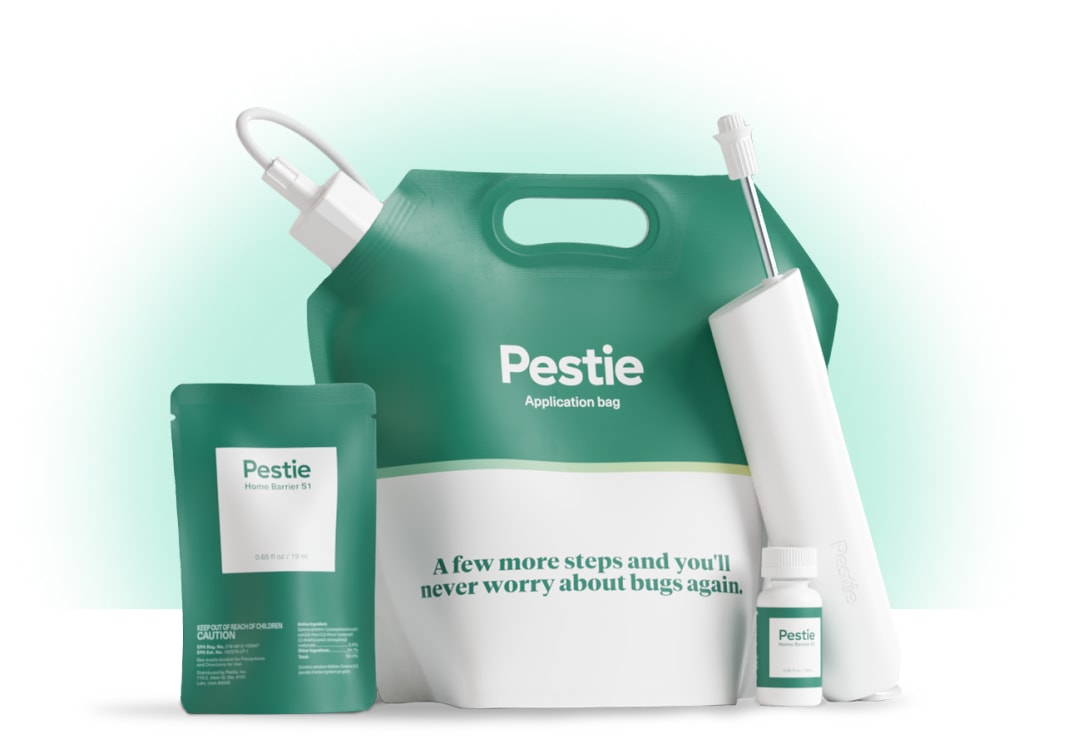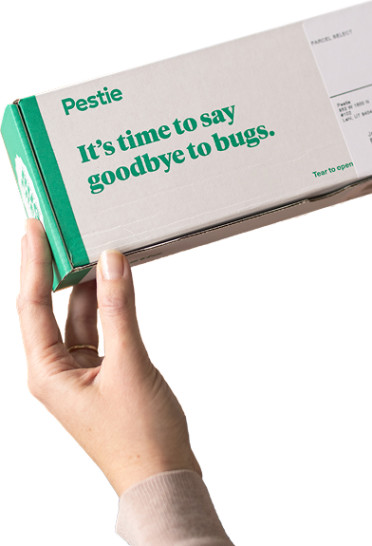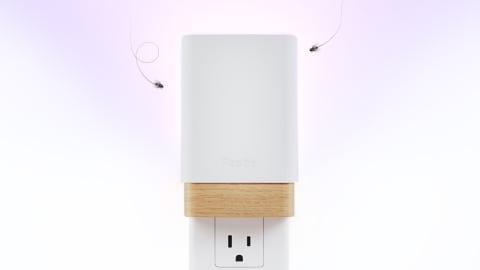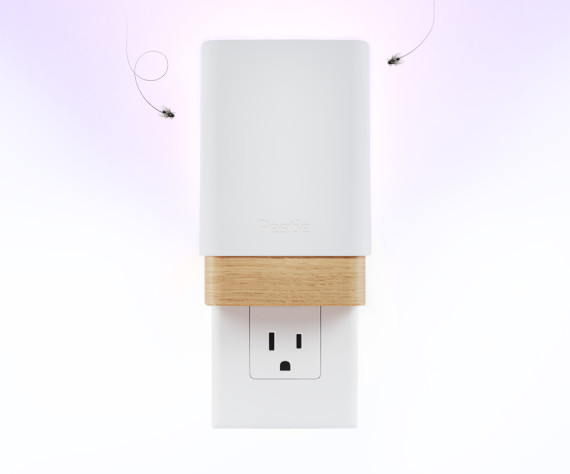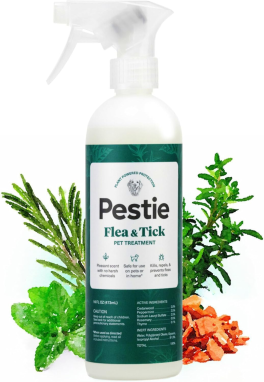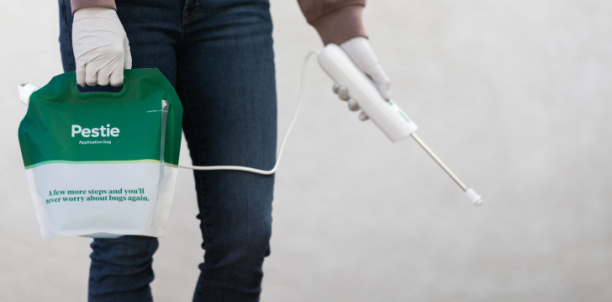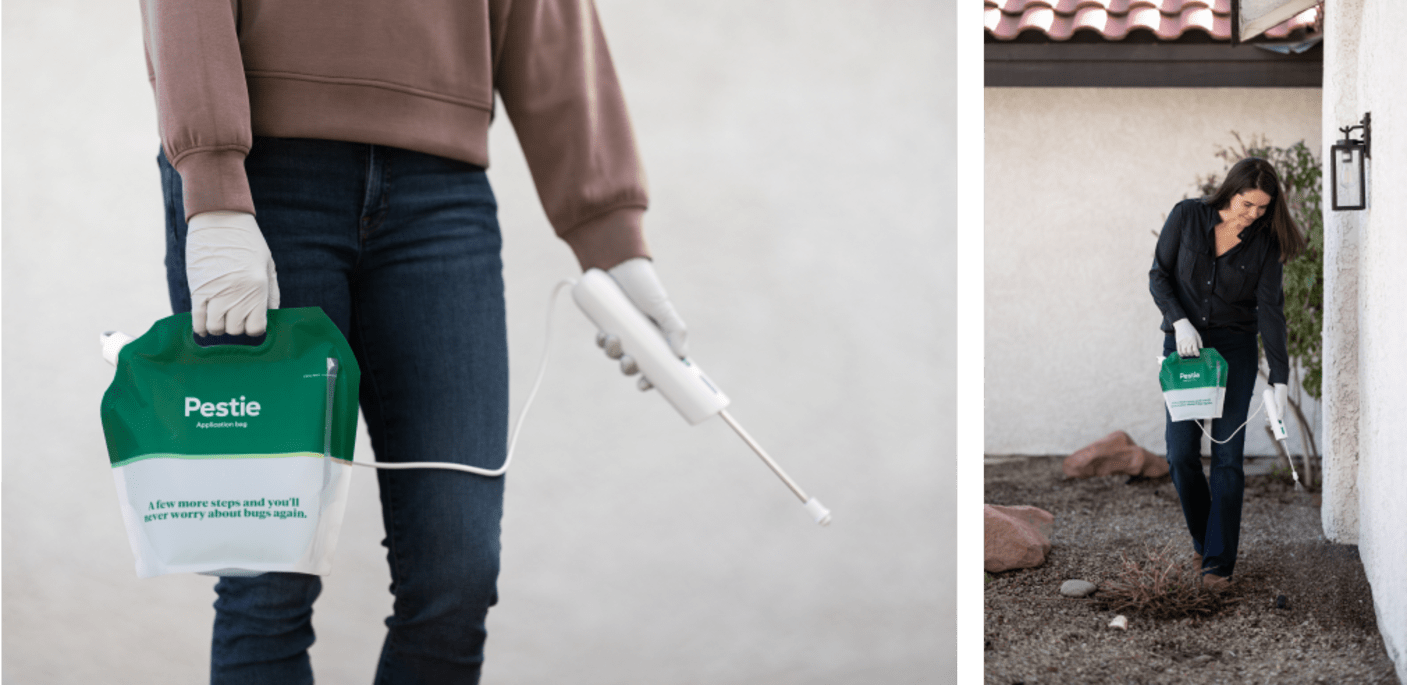How to identify and get rid of grubs
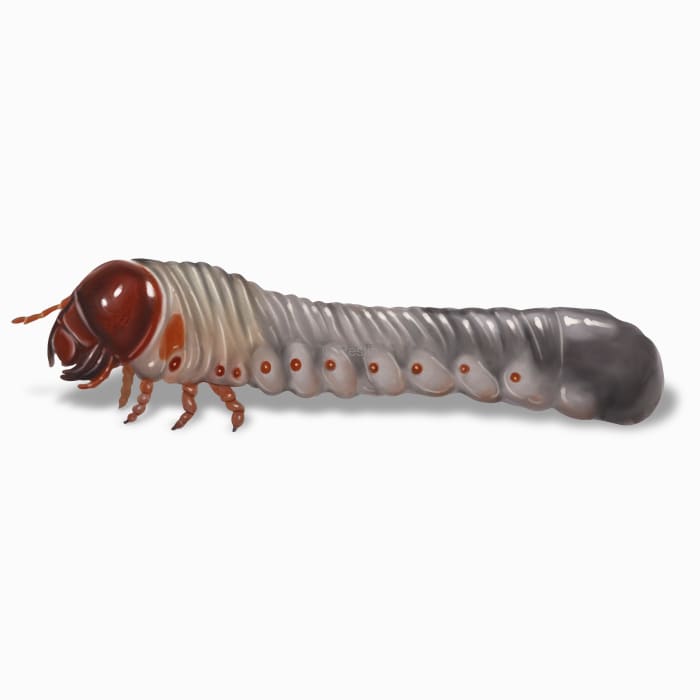
Controlling unwelcome pests in and on your lawn
While most of us dream of that perfectly trimmed lawn that looks bright green and vibrant, too many of our lawns are under attack from below the soil’s surface.
If you’ve noticed wilted patches of turf around your lawn, then you just might have a problem with grubs.
Grubs are the immature stage of a certain family of beetles that include scarab beetles, chafers, may beetles, green June beetles, and the infamous Japanese beetles. They eat the roots of turf grass, causing the blades to die and turn brown.
How to identify grubs
Here are some common characteristics of grubs below:
- Curled into a C-shape
- Brown head capsule
- White body
- Tip of abdomen brown with short hairs
- Six legs
How big are grubs?
Grubs can range in size as they grow but are typically 1/2 to 1 inch big.
What are the symptoms of a grub infestation in your lawn?
The first signs of a grub infestation are wilted or dead patches in your lawn. Since critters like raccoons, skunks, birds, and moles love to eat grubs, you often see digging damage done by these animals in search of grubs to eat.
Most turf grasses can take a bit of grub damage, but too many grubs will make the turf grass susceptible to drought damage.
Where do grubs live?
Grubs are found throughout the United States and Canada and feed off of turf grass roots. They are susceptible to drying out so moist soil is the preferred habitat.
The life cycle of a grub can take anywhere from 1 to 3 years and eggs usually hatch in late spring to early summer. Adults emerge from May to July.
How to get rid of grubs
Treating for grubs seems to be an annual ritual for most serious lawn owners. Nearly every hardware store has preventative and curative grub control products to choose from in their lawncare aisles, but choosing the appropriate solution can make all the difference. However, before you treat for grubs, make sure you have a grub problem in the first place. The best practice is to use a shovel to dig up a dinner plate-sized piece of turf where it is turning brown and look under the turf. If you see more than 6 grubs, you should do some sort of treatment.
Preventative Controls
Preventative grub control products are best used in late spring or early summer when grubs just hatch from their eggs. The best treatment time is about 4 weeks after seeing the adults emerge.
Curative Controls
You'll want a curative control product if you need to control grubs that have already caused significant damage. This insecticide will kill grubs at every growth stage. It’s important to check the active ingredient in the grub control product. Any products that have an insecticide ending in -thrin won’t be effective for soil-dwelling pests. They are better for above-ground pests.
Make sure to water your lawn thoroughly after applying the treatment.
Natural Control Options
If you are looking for a more natural treatment option, there are a few strategies you can employ.
For infestations of Japanese beetles, you can use milky spores. Milky spores are a bacterium that infects grubs and kills them before they can grow. However, this can take several years before you see significant results.
You can also buy microscopic worms called nematodes that parasitize grubs. Using nematodes can be a bit tricky, so make sure you follow the instructions from your supplier regarding application, temperature, and moisture.
Some deterrents to grubs include cedar oil, neem oil, and garlic juice that can be applied on the lawn.
Treat grubs with Pestie
If you're still having trouble keeping grubs away, the best option is to use a pro-grade, effective pest control solution like Pestie.
Pestie is a do-it-yourself pest control solution that's specially designed to keep grubs and other pests away from your home.
With Pestie, you can rest easy knowing that your living space is protected and free of creepy crawlies. And the best part? It's designed for people, pets, and the planet, so you can say goodbye to harsh chemicals and hello to peace of mind!
- Save hundreds compared to traditional annual pest plans
- People, pet, and planet-friendly
- Pro-grade customized formulas
Quick facts
- Scientific name
Family - Scarabaeidae
- Other common names
White Grubs, Chafers, Junes, May bugs
- Colors
White with a brown head
- Life span
1-3 years
- Diet
Turf grass roots
How dangerous are Grubs?
Low danger risk
Grubs don’t pose any harm to people, pets, or homes.
Grubs can be difficult to identify at first glance, but if you are really curious, you can look at the backside of the grub and see a patch of hairs on the abdomen. Different species are identified by the unique patterns of those hairs!
